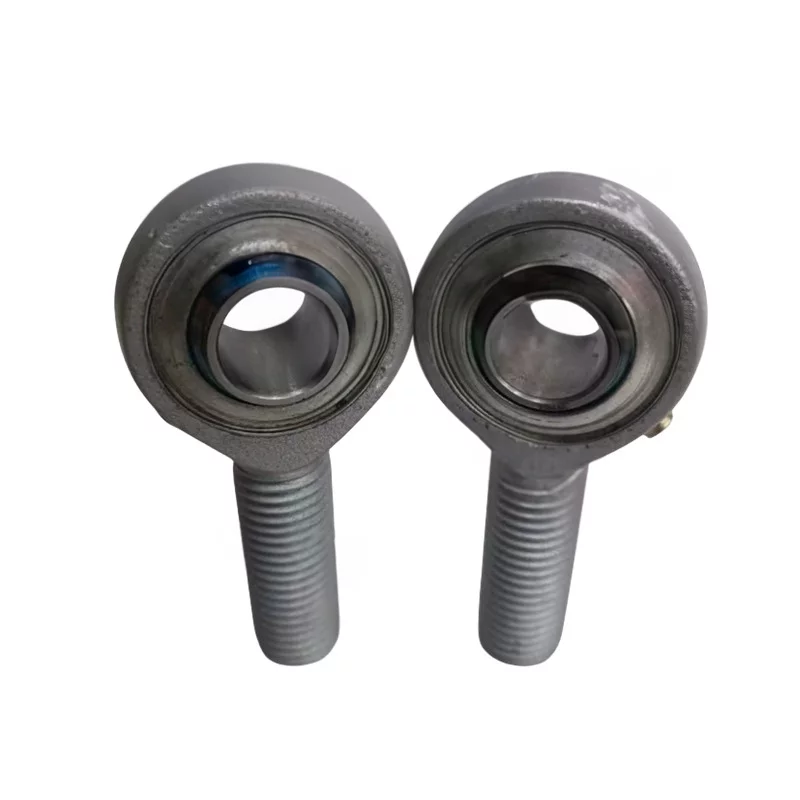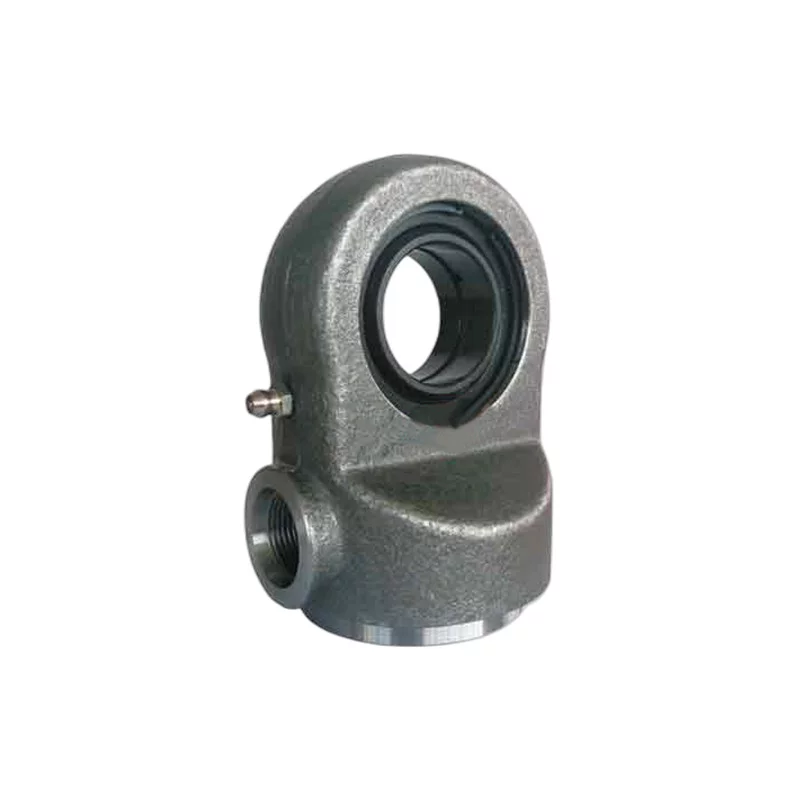Performance Of Radial Bearings

| Contact surface combination | Value of load ratioCd/P |
| Steel/steel | 2 |
| Steel/bronze | 2 |
| Steel/PTFE fabric | 1.75 |
| Steel/PTFE composite material | 2 |
| Steel/copper alloy | 2 |
| Contact surface combination | Load factor k |
| Steel/steel | 100 |
| Steel/bronze | 50 |
| Steel/PTFE fabric | 150 |
| Steel/PTFE composite material | 100 |
| Steel/copper alloy | 100 |
Bearing internal clearance
Bearing internal clearance is defined as the total distance throughwhich one ring
can be moved radially(radial internal clearance)oraxially(axial internal clearance)
in relation to the other ring under adefined measuring load.
It is necessary to distinguish between the internal clearance of abearing before
it is mounted and the internal clearance of a mountedbearing when in operation(operational clearance).
The initial clearancewill always be greater than the operational clearance
because the ringsare expanded or compressed by interferences fits and
as a result of thedifferences in thermal expansion of the bearing rings and matingcomponents.
The bearing internal clearance referred to as normal has been selected sothat
when bearings a suitable operarional clearance will be obtained.
Forother conditions, e.g where both rings are mounted
with an interference fitorwhere unusual temperatures prevail,
bearings with greater or smallerinternal clearance than normal may be required.
 Why Precision Ball Screws are Vital for Industrial Automation and How to Choose the Right Supplier
Why Precision Ball Screws are Vital for Industrial Automation and How to Choose the Right Supplier
 SAIVS Linear Motion Ball Slide Units – Precision and Reliability for Your CNC Needs
SAIVS Linear Motion Ball Slide Units – Precision and Reliability for Your CNC Needs
 High - Quality T - Slot Aluminum Extrusion Profiles from Ningbo SAIVS Machinery Co., Ltd
High - Quality T - Slot Aluminum Extrusion Profiles from Ningbo SAIVS Machinery Co., Ltd
 Enhance Industrial Efficiency with Premium Cylinder End Bearings from SAIVS
Enhance Industrial Efficiency with Premium Cylinder End Bearings from SAIVS
















